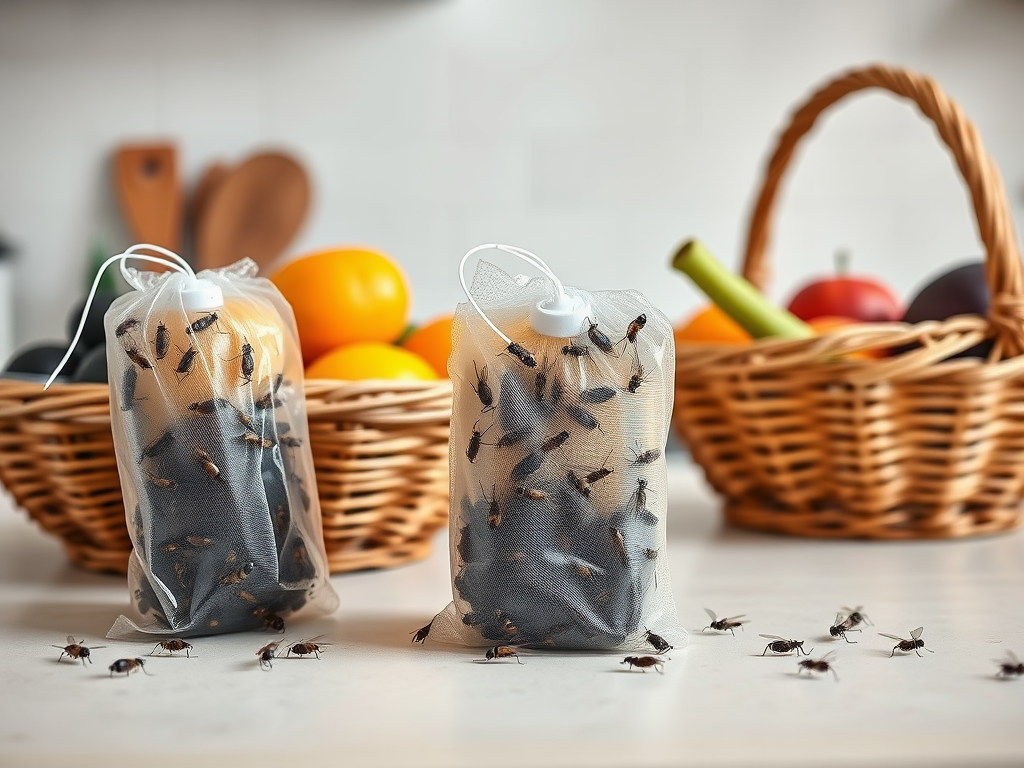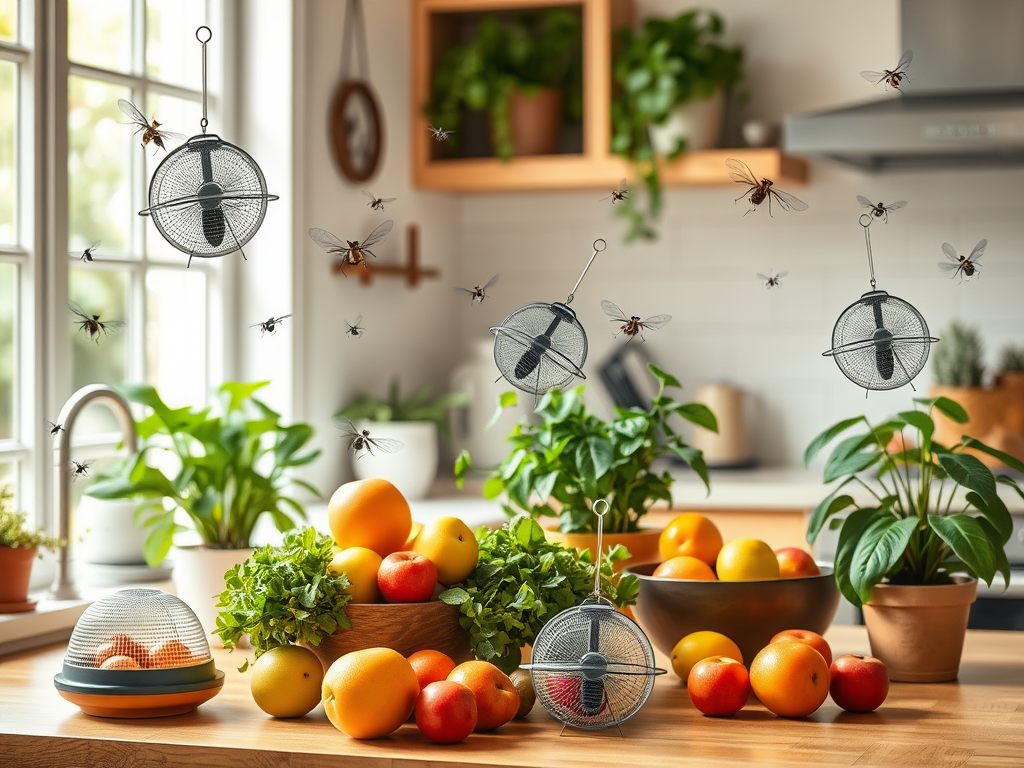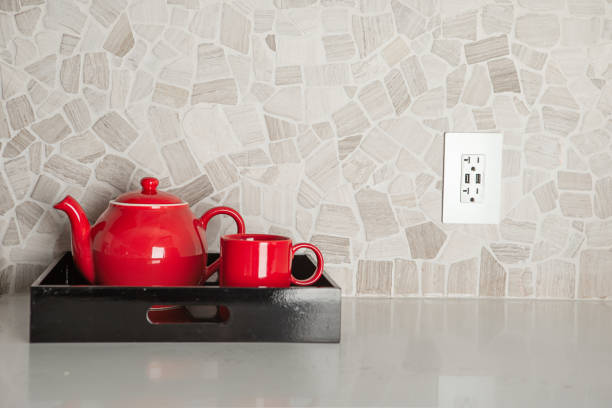Persistent household nuisances like gnats can quickly turn your peaceful abode into a frustrating battleground. With their incessant buzzing and relentless presence, these tiny pests can invade your space, often leading to distraction and irritation. To conquer this widespread issue, understanding how to efficiently manage gnat populations indoors is crucial. This article aims to arm you with knowledge and practical solutions, focusing on the effectiveness of gnat traps. By the end, you will be equipped with strategies tailored to combat this common household problem with ease and efficiency.
Gnats come in various shapes and sizes, and they generally thrive in damp, warm environments. These insects are not only annoying but can also indicate underlying cleanliness issues in your home. Therefore, knowing the types of gnats, their habits, and why they invade your space is key to effective pest control. In addition to using traps, understanding their biology will offer deeper insights into preventive measures.
Understanding Gnats

Gnats comprise a wide variety of small, flying insects, often found in the family of fruit flies, fungus gnats, and even some types of mosquitoes. They are usually attracted to moisture, decaying plant material, and areas where food is present. Their lifecycle progresses quickly, with eggs hatching within a few days, resulting in a gnat infestation seemingly overnight. Common indoor gnats often originate from poorly stored food items, houseplants, or any organic decay. Identifying the type of gnat is essential for choosing the most effective control strategy. Recognizing the unique characteristics of these pests allows homeowners to craft tailored responses that can both troubleshoot existing issues and prevent future ones.
Signs of Gnat Infestation

Identifying a gnat issue can be simpler than you might think. Here are a few signs to look out for:
- Frequent sightings of small flying insects indoors.
- Presence of small clusters near houseplants or fruit bowls.
- Unpleasant odors coming from organic waste or moist soil.
Gnats tend to favor specific areas within the home. Common locations include kitchens, bathrooms, and spaces with houseplants. The drainage systems and garbage disposals can also become breeding grounds for these pests. Paying attention to these hotspots not only helps in confirming an infestation but is also pivotal in placing traps effectively.
The Science Behind Indoor Gnat Traps
Understanding how gnat traps work can significantly improve their effectiveness. Most traps utilize specific attractants that lure gnats in before capturing them. This science is rooted in their natural behaviors, most notably their attraction to sweet smells and moisture. The common attractants found in professional gnat traps can include sugary substances, fruit extracts, and sometimes pheromones. By appealing to gnat instincts, these traps can reduce pest populations substantially.
| Type of Trap | Description | Effectiveness |
|---|---|---|
| Sticky Traps | Adhesive surface that captures gnats when they land. | High, can catch significant numbers if placed correctly. |
| Electric Traps | Use a UV light to attract and zap gnats. | Moderate, effective mostly at night. |
| Homemade Traps | Simple mixtures using vinegar and dish soap in a jar. | Effective for small populations, easy to make. |
Different Types of Indoor Gnat Traps
Sticky Traps
These traps are among the most straightforward and effective solutions for gnat control. They work by providing a surface that captures gnats upon landing. Available in various sizes, they are easy to use – simply peel off the backing and place them where needed. While sticky traps are effective, they may not target larger gnat populations effectively if used alone. However, their ease of use and affordability make them a popular choice for many homeowners.
Electric Traps
Electric traps operate using a combination of UV lights and electric grids to attract and eliminate insects. These devices are particularly beneficial in darker areas of the home or during nighttime when insects are most active. One downside is that they can be somewhat pricier compared to other traps. Also, their effectiveness may diminish in areas with lots of natural light during the day. Nevertheless, they serve as a useful addition to an integrated pest management strategy.
Homemade Traps
Many homeowners opt for DIY traps that are not only cost-effective but also environmentally friendly. A simple blend of vinegar, sugar, and a few drops of dish soap can create an effective trap right at home. The gnats are attracted to the sweet scent and fall into the mixture, unable to escape. The allure of homemade traps lies in their simplicity and the fact that they can be crafted from common household items.
Placement of Gnat Traps for Maximum Efficiency
To maximize the effectiveness of your gnat traps, strategic placement is essential. Consider the following best practices:
- Position traps near overripe fruits and vegetables.
- Place them around houseplants, particularly those with moist soil.
- Set traps within kitchens and near trash bins or recycling areas.
By focusing on these key areas, you increase the likelihood of capturing adult gnats before they have a chance to breed. The more targeted your approach, the more effective your results will be. Regularly monitoring and relocating traps based on gnat activity is also advisable.
Preventing Future Infestations
In addition to trapping, proactive measures can reinforce your defense against gnats. A few simple tips include:
- Maintain proper sanitation by cleaning up spills promptly.
- Store food in airtight containers.
- Regularly check and treat indoor plants that may attract gnats.
Addressing existing infestations and reinforcing preventative measures create a formidable barrier against future gnat invasions. A clean and tidy environment goes a long way in deterring these pesky pests. Keeping moisture levels in check and removing standing water can drastically reduce the likelihood of gnats making your home their breeding ground.
Conclusion
In conclusion, indoor gnat traps serve as an effective tool in combating gnat infestations while contributing to a cleaner living environment. Understanding the behavioral patterns of gnats, recognizing signs of an infestation, and utilizing various types of traps can empower homeowners. With consistent monitoring and proactive prevention strategies, you can reclaim your space from pesky gnats and improve your home’s overall hygiene. Embrace the battle with confidence, knowing you have all the necessary tools and knowledge to emerge victorious against these tiny intruders.
Frequently Asked Questions
- What attracts gnats to my home? Gnats are attracted to overripe fruits, vegetables, damp soil, and decaying organic material.
- How long does it take to see results from gnat traps? Results can vary, but typically you may start seeing a decrease in gnats within a few days of using traps.
- Are indoor gnat traps safe for children and pets? Most commercial traps are safe, but it’s always good to check the label for safety warnings. Homemade traps are usually safe as they use natural ingredients.
- Should I use multiple traps? Yes, using multiple traps in different areas can increase effectiveness, especially in high-traffic gnat zones.
- Can I prevent gnats without using traps? Yes, maintaining cleanliness, sealing food, and using natural repellents can help prevent infestations without traps.



